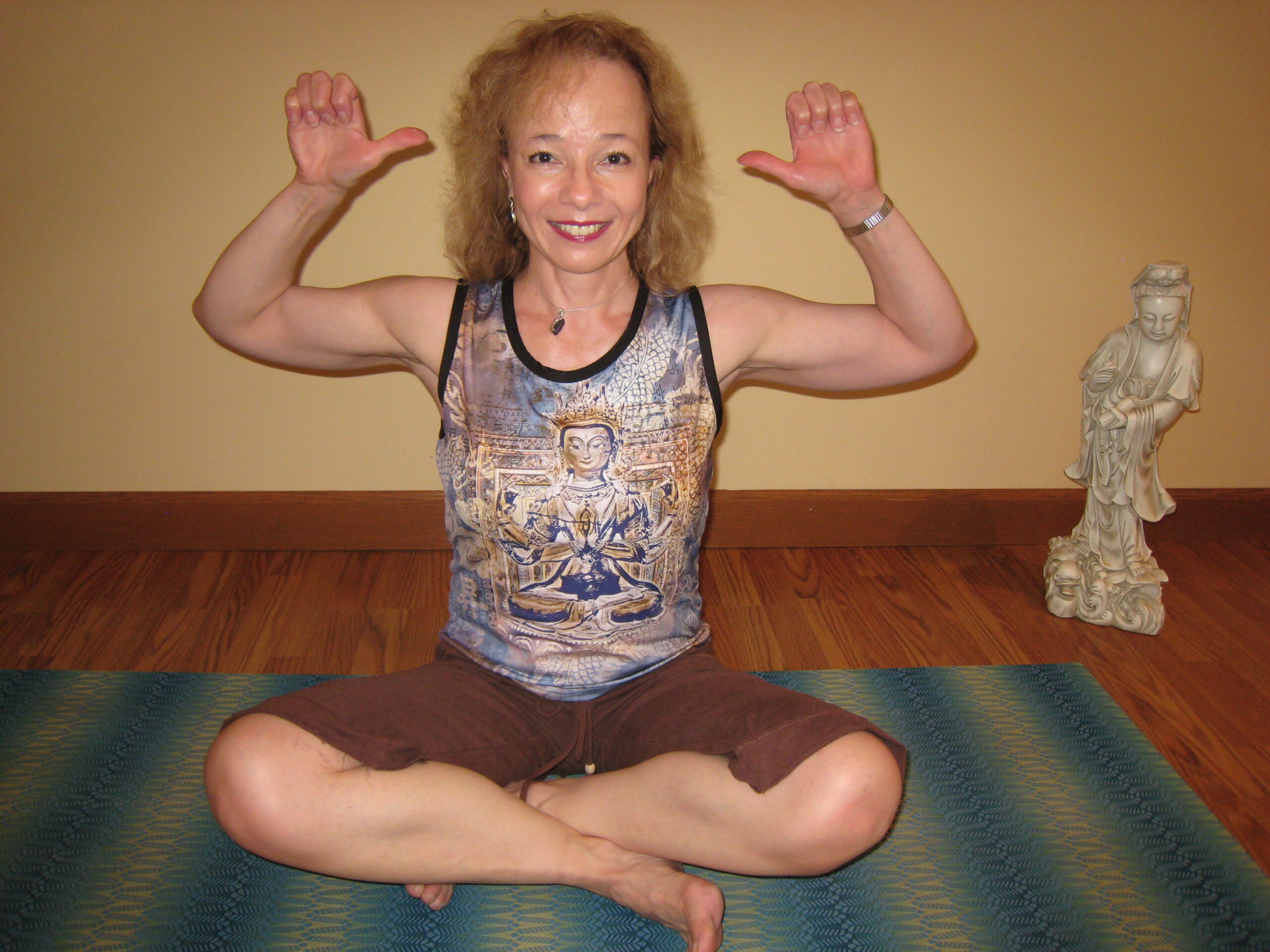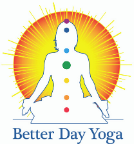 Mudra means “seal” in Sanskrit. It’s a symbolic or ritual gesture using primarily the hands. Each position is believed to have a specific effect. Specific positions can lead to specific states of consciousness symbolized by the hand positions. For example, if a person frequently and with feeling does a position of fearlessness, they will also be freed from fearfulness in time. Mudras are said to engage areas of the brain and/or soul influencing them, sometimes physically, by their use—not unlike an affirmation, or reflexology for that matter.
Mudra means “seal” in Sanskrit. It’s a symbolic or ritual gesture using primarily the hands. Each position is believed to have a specific effect. Specific positions can lead to specific states of consciousness symbolized by the hand positions. For example, if a person frequently and with feeling does a position of fearlessness, they will also be freed from fearfulness in time. Mudras are said to engage areas of the brain and/or soul influencing them, sometimes physically, by their use—not unlike an affirmation, or reflexology for that matter.
“One way that all of us can better care for ourselves is by developing techniques for coping
with the irritations and anxiety that are part of life…
Think of these gestures as self-talk for your hands. These simple movements, the gestures
that we often make unconsciously, can help us focus on our work, calm ourselves, release anger and energize us. Used for centuries by many different cultures, mudras are seen in Eastern dance and meditation, in ancient Egyptian friezes, even in Byzantine icons of Christ. Most of us use them today, too: we wave goodbye, we press a hand to our chest in distress, we wriggle our fingers to release energy, or press fingertips together to calm ourselves.
Easy to learn, mudras can be done anywhere, at any time: at traffic lights, in meetings, in
airplanes, when we’re arguing, when we’re grieving, when we need to prepare for sleep. The word mudra can be translated from the Sanskrit as that which brings inner peace, and that s what mudras are: a physical means of quieting our bodies.” Product description for Mudras: Ancient Gestures to Ease Modern Stress by Emily Fuller Williams.
Mudra for Inner Integrity
In the opening article, I suggested we shine the light of attention on our resistance to being uncomfortable and see if the habits we’ve formed are habits we want to keep. I chose this mudra since it helps with honestly assessing our behavior and taking responsibility for them. I have to laugh because when you look at the posture it makes me want to say “nana nana boo boo” or “neener neener neener”…which would be letting the little child inside out and applying the “comic relief” to a “serious” situation as suggested in the opening!
Posture: Sit with a straight back. Bend your elbows and lift your upper arms parallel to the ground. Bring your hands to ear level, palms facing out. Curl the fingers inward and point the thumbs toward your ears. Hold for three minutes and relax.

Affirmation: I see myself and my habits clearly. I take responsibility for all my actions and I am ready to conquer my inner fears.
Breath & Mantra: Short, fast breath of fire from the navel. (See the breathwork section in the Chakrascope above for instruction on breath of fire.) Mantra is “Sat Nam” (Truth is God’s Name, One in Spirit).
Source: Power Mudras Yoga Hand Postures for Women, Sabrina Mesko.
Another similar mudra is the “Meditation for Habituation”
My May newsletter used the Sat Nam Mantra so I repeat the information here for ease of reference and to re-highlight the Kundalini Blessings Oracle Cards & Guide I highlighted back in May:
Sat Nam, Sat Nam, Sat Nam, Sat Nam, Sat Nam, Sat Nam, Wahe Guru.
http://www.youtube.com/watch?v=0psToc4St1o
Sat Nam rhymes with “but mom”. Sat Nam means truth is my identity. It is a seed mantra—these are single syllable sounds or roots like OM that have multiple meanings and indications depending upon their intonation and the intention with which they are used. Within the seed is contained all the knowledge of the fully grown tree. It is truth embodied in condensed form.
Wahe Guru: Wha-hay guroo. This is a mantra of the Infinity of ecstasy and dwelling in God. It expresses the indescribable experience of going from darkness to light—from ignorance to true understanding. Guru is the embodiment of the wisdom that one is seeking. )

